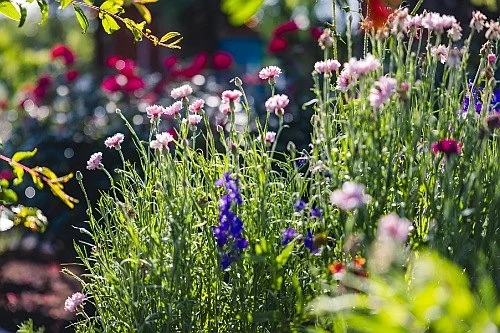
- 1. Why Choose Native Shrubs?
- 2. Understanding Fertilizer-Free Gardening
- 3. Top Native Shrubs That Thrive Without Fertilizer
- 4. Planting and Caring for Native Shrubs
1. Why Choose Native Shrubs?
Native shrubs are an excellent choice for any garden, offering numerous benefits over non-native varieties. These plants are naturally adapted to local climates, meaning they are better equipped to handle local weather conditions, pests, and diseases. By choosing native shrubs, you're also helping to support local wildlife, providing food and habitat for native birds, pollinators, and other beneficial insects.
Moreover, native shrubs are often low-maintenance and require fewer inputs such as fertilizers and pesticides, making them an environmentally friendly option for sustainable gardening. In addition to being eco-friendly, native shrubs typically have deep root systems that help improve soil structure and reduce water runoff, benefiting the overall health of your garden.
2. Understanding Fertilizer-Free Gardening
Fertilizer-free gardening is about growing plants without relying on synthetic fertilizers. While fertilizers can help plants grow, they can also negatively impact the environment, leaching into waterways and contributing to pollution. By opting for fertilizer-free gardening, you reduce your environmental footprint and encourage the growth of plants that naturally thrive without the need for additional nutrients.
Native shrubs are well-suited to this type of gardening because they are adapted to the local soil conditions and don't require the extra boost that fertilizers provide. These plants have evolved to get their nutrients from the surrounding environment, including organic matter, soil microbes, and natural processes that help maintain a balanced ecosystem. Choosing shrubs that don't need fertilizer allows you to create a healthier, more sustainable garden that thrives on natural processes.
3. Top Native Shrubs That Thrive Without Fertilizer
Here are some of the best native shrubs that thrive without the need for fertilizers, making them ideal for sustainable and low-maintenance gardens:
- Mountain Laurel (Kalmia latifolia): This evergreen shrub is known for its beautiful pink or white flowers and tolerance for a variety of soil types. It thrives in acidic, well-drained soils and requires minimal maintenance once established.
- Spicebush (Lindera benzoin): A native shrub that grows well in moist, well-drained soils. Spicebush produces attractive yellow flowers in the spring and offers aromatic leaves that are a favorite of wildlife. It can grow in both sun and partial shade.
- Serviceberry (Amelanchier spp.): Known for its stunning spring flowers and edible berries, Serviceberry is an adaptable shrub that thrives in a variety of soil types. It’s an excellent choice for attracting birds and pollinators while requiring minimal care.
- Red-twig Dogwood (Cornus sericea): This shrub features striking red stems in the winter and white flowers in the spring. It is known for thriving in moist, well-drained soils and can handle both sun and partial shade. It is also great for erosion control.
- Sweet Pepperbush (Clethra alnifolia): Sweet Pepperbush is a native shrub with fragrant white flowers that bloom in mid-summer. It is well-suited to moist, well-drained soils and does not require fertilization to thrive.
4. Planting and Caring for Native Shrubs
Once you've selected the right native shrubs for your garden, it’s time to focus on planting and care. Start by preparing your soil. Native shrubs typically prefer well-drained soil that isn't too rich in nutrients, which is why fertilization is often unnecessary. To improve soil structure, consider adding organic matter like compost or mulch to ensure proper drainage and promote healthy root growth.
When planting your native shrubs, make sure to space them appropriately based on their mature size. Most native shrubs have a wide spread, so it's important to give them enough room to grow and thrive. Additionally, plant them at the same depth they were growing in their original containers, and water thoroughly to help them establish strong roots.
Once planted, native shrubs are generally low-maintenance. They don’t need frequent watering once established, as they are adapted to the local climate. However, it's important to monitor for any signs of pests or diseases, even though native plants are generally more resistant. Regular pruning and removing dead or damaged growth will help keep your shrubs healthy and looking their best.
Finally, mulching around your shrubs can help retain moisture, suppress weeds, and protect the roots during extreme temperatures. Choose organic mulch such as wood chips or bark, which will break down over time and enrich the soil naturally.
By choosing native shrubs that thrive without fertilizer, you can create a sustainable, beautiful garden that requires minimal upkeep and supports local wildlife. Visit Beautiful Landscapes for a variety of native shrubs and landscaping tips to help you design the perfect garden.

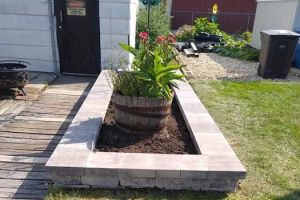

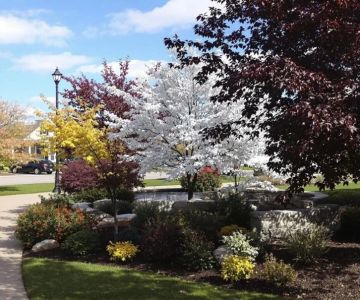
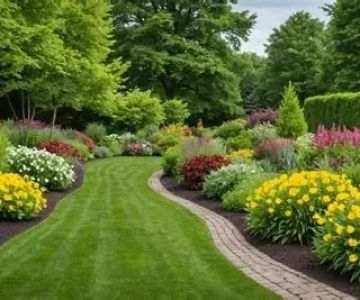

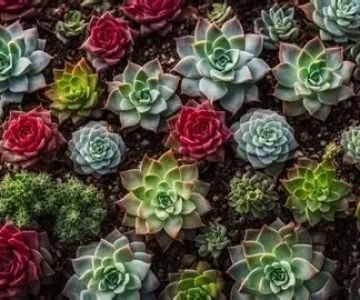
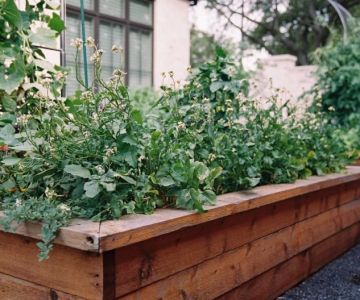
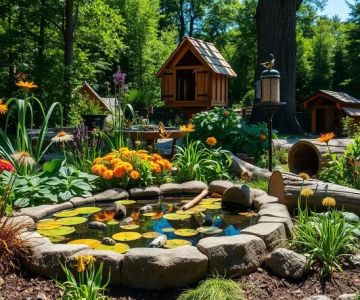
 Infinity Lawn & Landscaping4.0 (52 reviews)
Infinity Lawn & Landscaping4.0 (52 reviews) QualityWorks Trademark LLC4.0 (30 reviews)
QualityWorks Trademark LLC4.0 (30 reviews)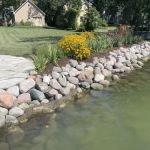 Eubanks Environmental5.0 (10 reviews)
Eubanks Environmental5.0 (10 reviews) BrightView Landscape3.0 (16 reviews)
BrightView Landscape3.0 (16 reviews) Statements In Stone Pool and Patio4.0 (47 reviews)
Statements In Stone Pool and Patio4.0 (47 reviews) Schmitt's Landscape Tree service North Aurora4.0 (4 reviews)
Schmitt's Landscape Tree service North Aurora4.0 (4 reviews)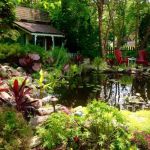 How to Landscape for Seasonal Wildlife Attraction in Your Garden
How to Landscape for Seasonal Wildlife Attraction in Your Garden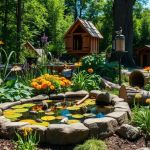 How to Build a Wildlife Habitat Garden That Supports Biodiversity
How to Build a Wildlife Habitat Garden That Supports Biodiversity How to Use Garden Art to Add Personality to Your Outdoor Space
How to Use Garden Art to Add Personality to Your Outdoor Space How to Plan Outdoor Fire & Water Features Harmoniously for Your Garden
How to Plan Outdoor Fire & Water Features Harmoniously for Your Garden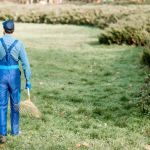 How to Revive a Neglected Lawn Step by Step
How to Revive a Neglected Lawn Step by Step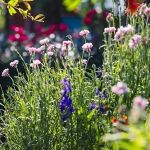 How to Choose Native Shrubs That Thrive Without Fertilizer
How to Choose Native Shrubs That Thrive Without Fertilizer